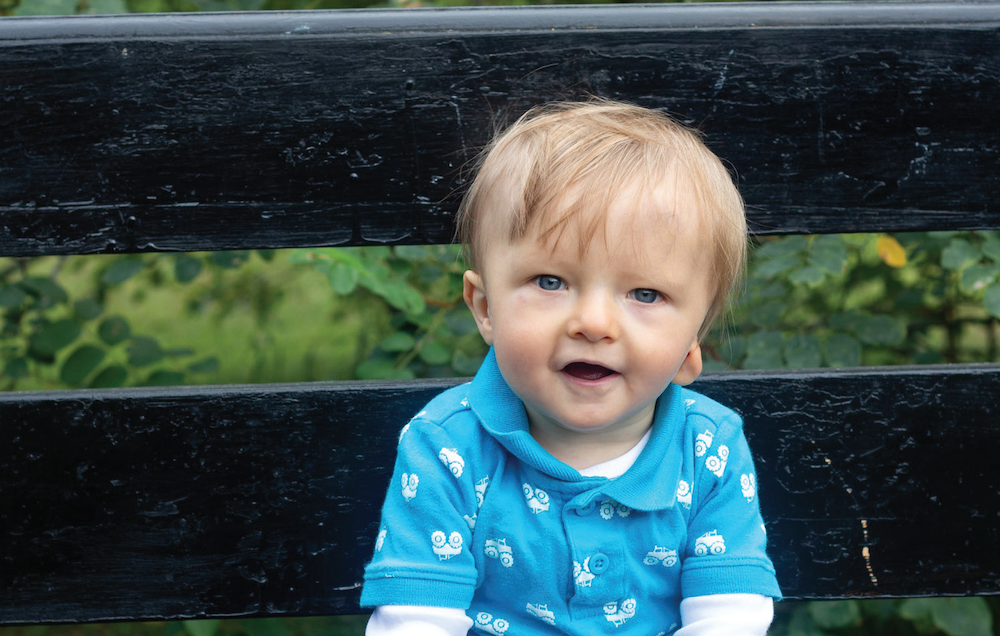
22q11.2 Deletion Syndrome:
- Is caused by a missing section (microdeletion) of chromosome 22.
- Is the most common microdeletion syndrome; affecting as many as one out of every 1000 pregnancies;
- Is found in 1 in 68 children born with heart defects;
- Is the most common cause of syndromic cleft palate;
- Can cause many other problems such as immunodeficiency leading to difficulty fighting infection and autoimmune disease; issues with feeding and growth; hearing loss; breathing difficulties; kidney and spine differences; autism, learning and behavioral differences;
- Has wide variability amongst individuals with the deletion or the duplication.
- Some individuals have almost all of the above issues and others have almost none;
- This confounding fact alone, which is quite unique as chromosomal syndromes go, continues to present challenges.
Information on 22q Deletion signs and symptoms, medical treatment, growth charts and more can be found in the Symptoms & Care section of the website.
Download the 22q11.2 Deletion Fact Sheet
22q11.2 Duplication Syndrome:
- Is about half as common as the 22q11.2 deletion (found in about 1/4000 newborns).
- Is caused by an extra piece of genetic material on the 22nd chromosome.
- Is caused by an extra piece of genetic material on the 22nd chromosome. In most cases, the extra genetic material contains about 40 genes;
- Happens in individuals born with an extra set of genes on chromosome 22. Many people come to attention because someone thought they might have the 22q11.2 deletion syndrome, because they are big or small, because they have a heart defect or palatal abnormality, because they have developmental or behavioral differences or because a relative has it.
- Is associated with autism or autism spectrum disorder in 14% to 25% of children with the duplication. However, the true rate of autism may not be known because some individuals with the duplication may not be diagnosed.
- About 70 percent of individuals with the duplication inherit it from one of their parents. In other cases, the duplication is not inherited and occurs as a random event during the formation of the child. Any person with the duplication has a 50% chance of having a child with the same duplication.
Download the 22q11.2 Duplication Fact Sheet
The unique characteristics of 22q Duplication Syndrome can be found below:
